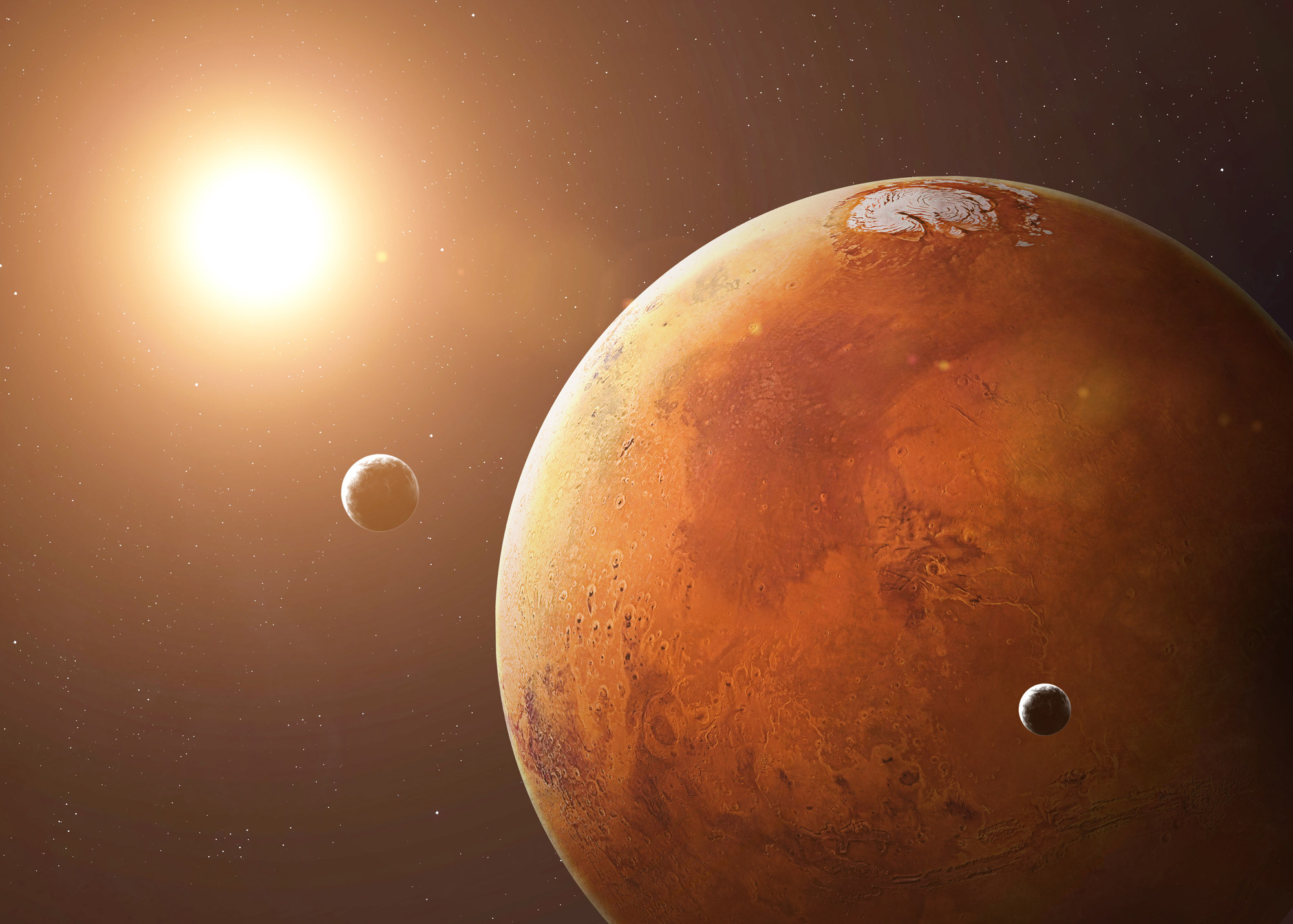The recent discovery of elemental (pure) sulphur on Mars has shocked and sparked significant interest within the scientific community.
The discovery gives a clearer insight into the geology of the Red Planet and the Martian environment, and offers insights into the future of the thriving space economy.
The geology of Mars continues to impress
In July of 2024, NASA’s Curiosity Rover drove over what it thought was an unremarkable body of rock, only to break it open and reveal yellow sulphur crystals.
Finding a field of stones made of pure suphur is like finding an oasis in the desert.
While regions of Mars are rich with sulfates, a type of salt that contains sulphur and appears as water evaporates, pure sulphur had never been discovered on Mars. Pure sulphur only forms on Earth under certain conditions, such as cold or hot springs. The Curiosity rover discovered a field of similar rocks in the Gediz Vallis channel. Curiosity’s project scientist, Ashwin Vasavada of NASA’s Jet Propulsion Laboratory, said “Finding a field of stones made of pure suphur is like finding an oasis in the desert.”
Finding sulphur on Mars has positive implications for the space economy
Although pure sulphur is abundant on Earth, a discovery of this kind gives an insight into the future of the space economy, life on Mars, and the mining sector. Sulphur is an extremely useful element and has properties that can translate to survival on Mars. Sulphur is commonly used for soil fertilization, water processing, and mineral extraction.
Access to these resources allows for the practice of in situ resource utilisation (ISRU), where you would collect, process, store, and use materials found on the planet (or other astrological bodies) to replace materials that would otherwise be brought from Earth. This discovery puts humanity a few steps closer to making Mars habitable.
The future of space mining is bright but complicated
With increased resources being found off-planet, it begs the question of when we will see successful space-mining missions.
While the current research and technology needed to successfully exploit mineral resources is not enough, the continued discovery of these resources increases the incentive to fund these missions. Companies like AstroForge continue to progress in asteroid mining, aiming to have profitable missions by the end of the decade.
Companies like AstroForge continue to progress in asteroid mining, aiming to have profitable missions by the end of the decade.
However, there are challenges to overcome before these missions can become common practice. One of the biggest challenges is determining what these asteroids are made of, which with current technology is impossible without samples.
In conclusion, the discovery made by the Curiosity rover is both unusual and exciting. The scientific community continues to be impressed by Mars’ geology and the implications of life on Mars.
The discovery of pure sulphur on Mars gives an insight into the future of the space economy and space mining. The efforts of private companies and government agencies to harness these outer world resources could revolutionise the future of space.
